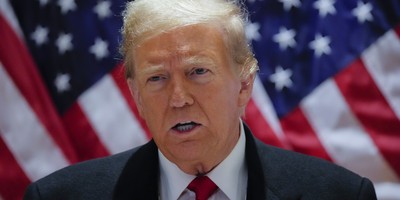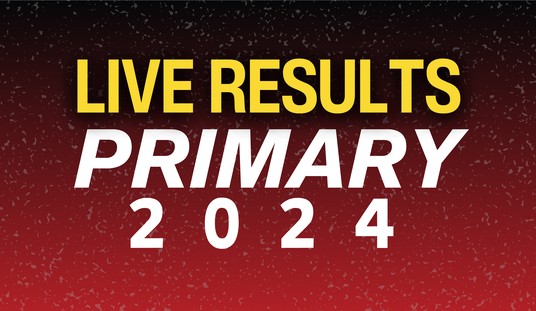How will you know if there is truly a wave on election day, November 2?
Here's a true story:
In 1980 a young Congressman from Huntington, Indiana was running for the U.S. Senate against an 18-year incumbent named Birch Bayh. Putting aside, for the moment, that a U.S. Senator was named after a tree with white bark, this young Congressman was not given much of a shot.
As luck would have it, the young Congressman was (a) a terrific campaigner, (b) was running with Ronald Reagan, and (c) had me as his press secretary.
Of course, that young Congressman was Dan Quayle.
In the run-up to the 1980 election Gov. Reagan and President Jimmy Carter were neck-and-neck. That was pretty much the state of affairs until the single debate between Reagan and Carter, after which the polls swung strongly in Reagan's favor.
Meanwhile, in Indiana …
On election day, we were pretty certain that it was going to be nip-and-tuck between Quayle and Bayh. So much so, that we had arranged to have a phalanx of State Troopers lining the border of Lake County in the Northwest corner of the state; home to Hammond and Gary.
Why? Because we were pretty sure that the Democrats would attempt to stuff the ballot boxes there and we wanted those boxes seized when the polls closed at 6 PM.
As it happened, Quayle beat Bayh by about 166,000 votes - way more than could be overcome by electoral chicanery - so we didn't need the boxes seized.
Indiana is the first state to close in the nation. NBC called the race for Quayle within 20 minutes of the polls closing (this is before exit polling became a major American industry) and that started the wave.
Recommended
Over the next few hours I got calls from friends around the country telling me that shortly after Quayle was declared the winner, they began getting reports that the lines at polling places in GOP strongholds immediately got longer.
Republicans gained control of the Senate that night on the basis of the wave which started in Indiana and was largely powered by Ronald Reagan.
On the other hand on election day in 1998, when I was working for Speaker Newt Gingrich, I was looking for another early signal of success - the seat being vacated by Democrat Lee Hamilton in Southeastern Indiana.
We were pretty certain that would be a pick up for the GOP en route a gain of 12-15 seats.
We didn't get that pick up and ended the night with a net loss of five (this was the Clinton impeachment election). We worried through the evening weren't certain we were going to maintain control of the House until the polls close in the Western states well after midnight Eastern time.
If Republicans pick up a number of House and Senate seats in the Eastern time zone on November second, that will have a wave effect as the sun moves west. If the numbers are good enough, they could have a decisive effect on Senate races in Nevada (Harry Reid v Sharron Angle), California (Barbara Boxer v Carly Fiorina), and Washington State (Patty Murray v Dino Rossi).
All three of these races are essentially tied - with neither the Republican nor the Democrat outside the margin of error.
Turnout will be the deciding factor in each of those Pacific Time Zone races and turnout will be driven in large part by what happens earlier in the evening in the East and Midwest races.
Want to make a difference? Help create a wave.

























Join the conversation as a VIP Member